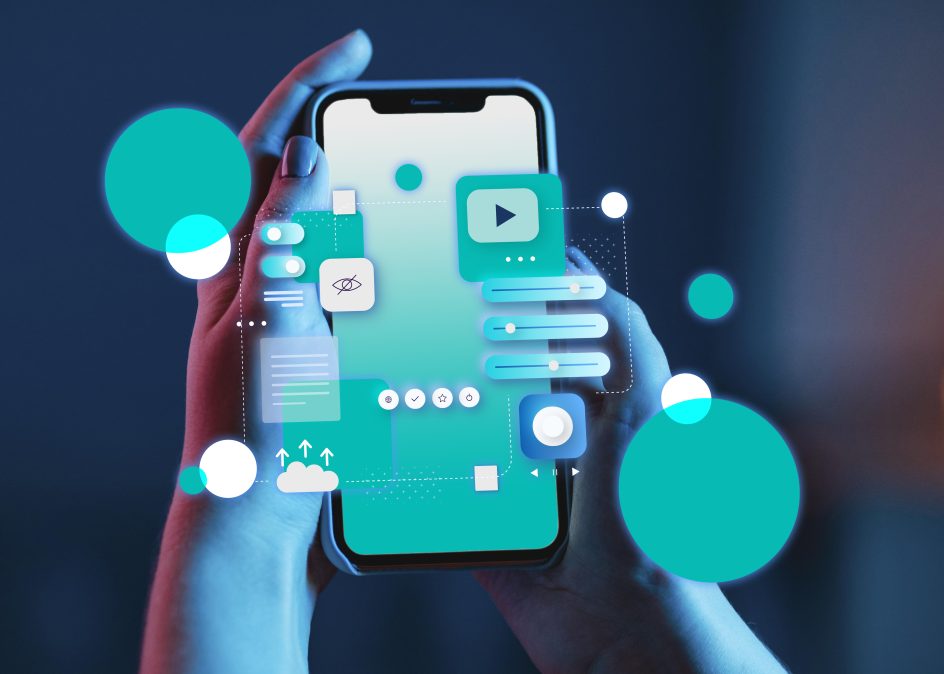
Boost application development with a UI component library
UI component libraries can enhance the development of applications in the long run. Using a library can improve efficiency, coherence, and quality during the development.
A UI (User inferface) component library is a collection of user interface elements, such as a button or an input field, that are developed and tested in isolation. These ready-made components can later be used in different applications making the development of the application faster.
The result of the thesis was a private mobile UI component library for a commissioner. The library was created based on the components developed for an already-published application. Similar components would be needed in future applications, so the library was seen to be useful.
The visual look is an essential part of a UI component. Also, every application should have their own, distinctive look. To be able to develop ready-to-use, styled components to the library, the components were developed to have a default style that can be overwritten with customized style to match the desired style of an application.
A private library is published in a way that makes it possible to control who can access and use the library. Before being able to install the library to a project, the users must authenticate themselves. There are plenty of public libraries that are freely available to everyone created by devoted developers, but the desire of making private libraries is understandable for different companies and organizations. With access to an organization’s UI component library, it would be easy to copy the characteristic style of that organization, creating a risk of misuse.
Benefits of a UI component library
Developing components in a library enhances efficiency if the same components are needed often and in different projects. The components are developed once in the library and can be imported and reused in several applications.
The quality of an application may improve when the UI components are first created in a library. When developing a component in a library, the component can be tested without the business logic of an application making it easier to test the different functionalities of the component. When using the UI components from a library, the development of an application is faster as the coding and testing can concentrate on the functionality of the application rather than individual components.
When creating components for an application, the documentation for each component is easily forgotten as the usage of the component is clearly known. For a library, good documentation is essential because the user and the usage of the created components might not be known precisely.
A library can improve uniformity inside of an organization, as well. When the needed components are imported from a library, it is guaranteed that everyone uses the same, already defined components that follow the organization’s style guides.
Challenges with a UI component library
Not knowing the exact needs of the future usage of the components of a library can make the development challenging. The more parameters for customization there are, the more complex the documentation and the usage will become. The result might be a compromise between versatility and simplicity. Keeping the structure of the developed components as simple as possible helps. It is easier to combine simple components together than working with too complex components that have unwanted features.
The library must be maintained to keep it functional. React Native and Expo were used in this thesis project, and they both publish new versions frequently, so the library has to be updated to work with the newer versions of its dependencies.
Conclusion
Creating a UI component library is beneficial if similar components are needed in several applications. Separating component development from the business logic of an application makes testing and debugging easier and ensures better quality. Importing components from a library makes development of an application faster.
Resources
Järveläinen, H. 2024. Creating a React Native UI component Library. Turku: Turku University of Applied sciences. Accessed 20 March 2024. https://urn.fi/URN:NBN:fi:amk-202403194719
Image by Freepik www.freepik.com